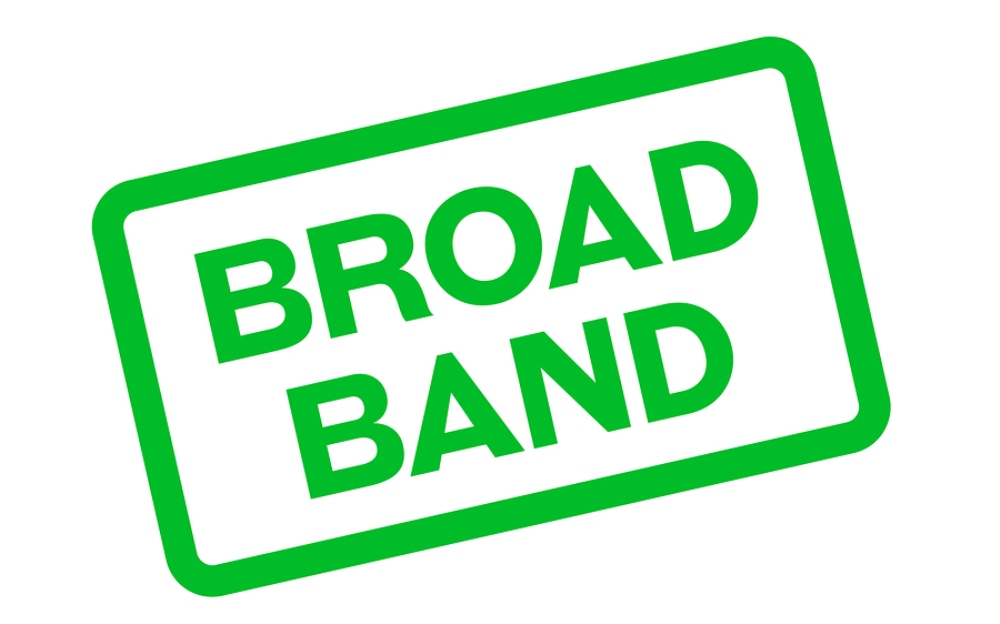 photo courtesy of BigStock
photo courtesy of BigStock
It’s a perennial favorite. Once again, the Federal Communications Commission is putting the spotlight on net neutrality.
But this time, the pendulum is swinging in the opposite direction. And that is likely to lead to the reversal of rules created during the Obama administration that require broadband providers to give consumers equal access to all internet content.
FCC Chairman Ajit Pai, however, considers these so-called Title II rules a barrier to broadband investment, to bridging the digital divide, and to innovation. He said as much in a piece he authored for today’s issue of The Wall Street Journal.
Pai’s piece lays out his argument in preparation for the upcoming Dec. 14 meeting at which the FCC will consider his proposal to dismantle Title II. The proposal is expected to pass in a 3 to 2 vote along party lines.
Chairman Pai wrote that in the two years following the previous FCC’s decision to implement Title II, broadband network investment dropped more than 5.6 percent. He also suggested that these rules are
• causing unserved and underserved customers to wait years to get more broadband;
• requiring smaller internet service providers, including members of the Wireless Internet Service Providers Association, to incur greater expense to comply with Title II rules and in the process delaying or reducing their network expansions;
• and prompting others to put new broadband builds on hold.
However, should Pai’s proposal pass as expected, large broadband providers like AT&T, Comcast, and Verizon will be the big winners.
That’s because it will free the big broadband outfits – among others – from current rules prohibiting them from blocking, charging more to deliver, or slowing the delivery of select content. Plus, it will enable them to give preferential treatment to their own content. That is noteworthy in light of AT&T’s ongoing attempt to buy Time Warner, Verizon’s recent Yahoo! acquisition, and the significant content assets of other big broadband companies like Comcast.
Verizon expressed its support of Pai’s effort on this front in a press release issued today. Comcast posted a blog applauding the chairman’s efforts to dismantle Title II. So did AT&T, whose bid to buy Time Warner is being challenged by the Department of Justice in what’s being called an unprecedented move.
AT&T’s blog, which the company attributed to Joan Marsh, said: “Tomorrow, the FCC will release a draft order that will bring to an end this country’s brief and ill-conceived experiment with heavy-handed regulation of the internet. Abandoning decades of prudent, bipartisan regulatory restraint, the Wheeler FCC took the draconian step of dragging broadband access services into the morass of common carriage regulation, imposing a new conduct standard that effectively gas the FCC a blank check to shut down innovative new ISP services that consumers want based on little more than speculative concerns.”
Public Knowledge, meanwhile, lays out the situation this way. The group’s Senior Vice President Harold Feld commented: “For almost 20 years, both Republican and Democratic FCC Chairmen have pledged to protect the right of broadband subscribers to access any lawful content or application, and to prevent the cable and telephone companies that provide the ‘on ramps’ to the internet from picking winners and losers. Today, for the first time, Chairman Pai proposes to leave internet subscribers completely unprotected by the FCC. Chairman Pai’s radical ‘Carriers First, Consumers Last’ approach puts broadband subscribers at the mercy of local cable companies whose ‘innovations’ have more to do with gouging consumers and crushing competition than with providing new services.”
Edited by
Mandi Nowitz